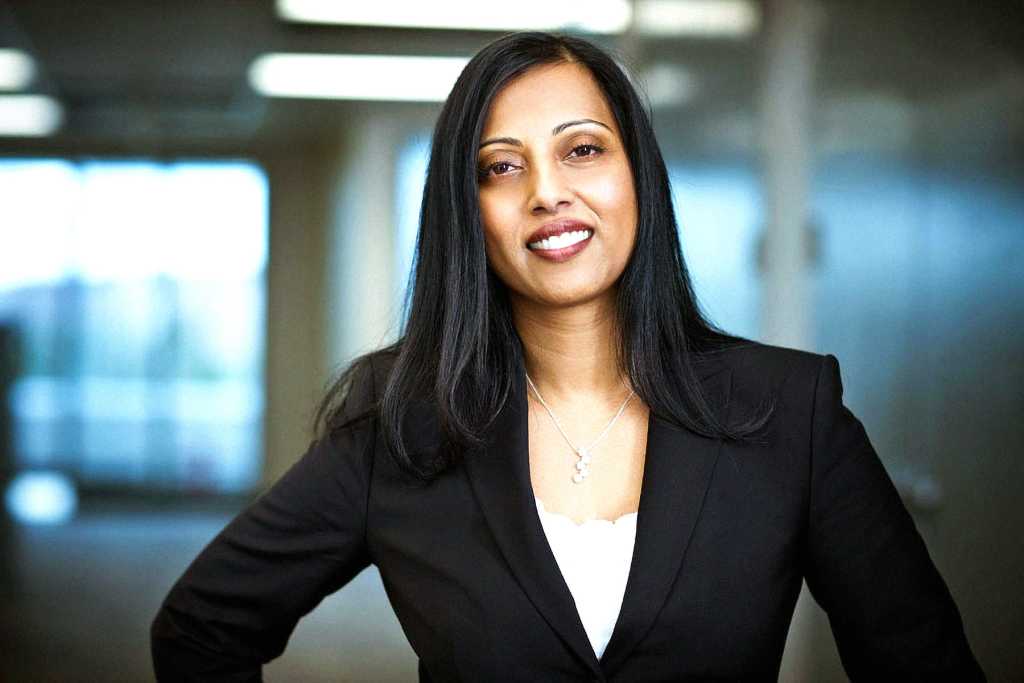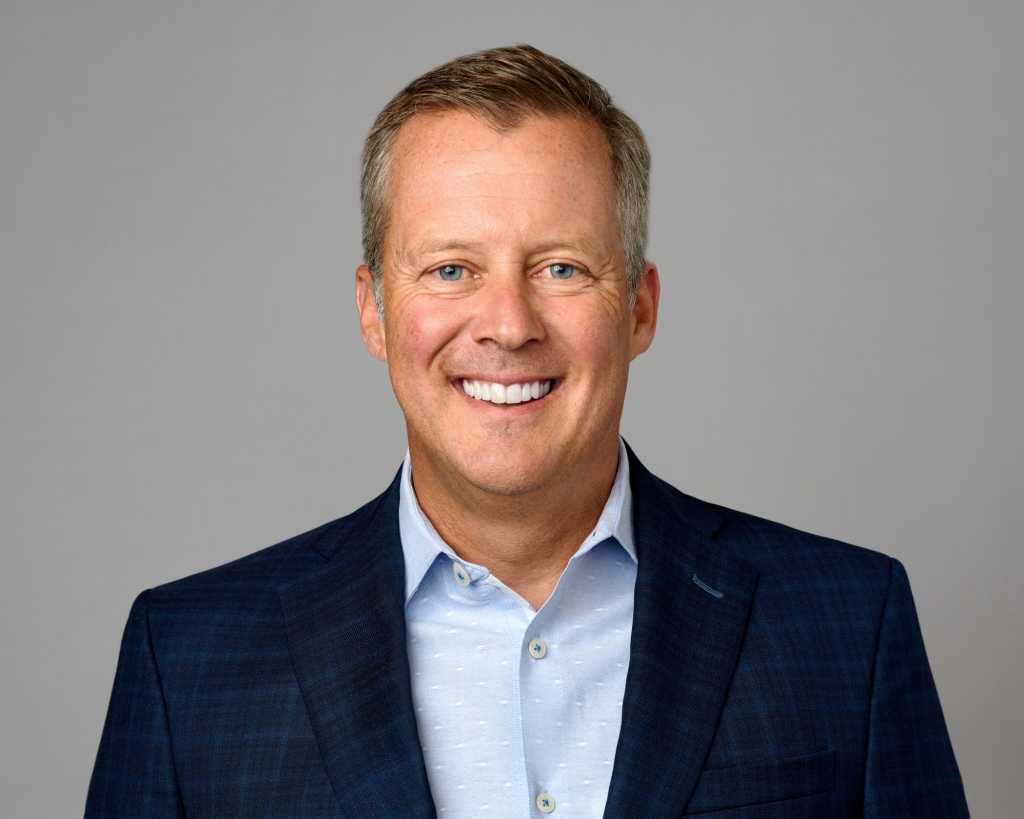[ad_1]
“We’re in the early innings and it’s such a cool tech transition; … this will have a long tail and will have bigger inflection and a bigger impact,’’ he says of AI and more recently emerging generative AI technologies. “I’m excited about the seat I’m in and participating in this fourth revolution.”
Boudreau says he jokes that if he does his job right and enables people to use AI to do their jobs better, “my role will go from CAIO to chief productivity officer” to help employees be more successful in their roles.
“I do want to see what we can do with this technology to drive mankind,’’ he says. So much can be done with AI to improve the world, he says. “I see myself leaning into this more. There is a huge opportunity for that.”
Chief sustainability officers: Increasing energy efficiency with IT
As someone who is passionate about energy and technology, the newly created role of chief energy and sustainability officer at real estate investment trust company Prologis was a natural fit for Susan Uthayakumar.
Prior to joining the company in January, Uthayakumar was at Schneider Electric for 17 years. She welcomed the challenge of decarbonizing 1.2 billion square feet of real estate in 19 countries. “About 3% of the world’s GDP flows through our distribution centers. … The only way to tackle a challenge of this size is if you use technology’’ and look at data to make buildings efficient, she says. “I thought I’d have a greater impact here.”

Susan Uthayakumar, chief energy and sustainability officer, Prologis
Prologis
Prologis’ customer base spans Fortune 500 companies as well as small and midsize businesses. “Large customers have their own ambitions for decarbonization so our interests match,’’ she notes. “Medium-sized customers may not have ambition and may or may not have resources, so our ability to provide that support became greatly appreciated.”
A major part of reducing their carbon footprint involves building software and a technology architecture to manage all the company’s distributed energy assets, Uthayakumar says.
Prologis has added a few new tech-focused positions to the C-suite, but adding an energy person is not something you will see at a lot of companies, she says.
“It is unusual for a real estate company to have an energy expert at the C-suite’’ level, she says. But decarbonization is on the minds of their customers and regulators, and Uthayakumar says her position allows her “to integrate technology and the management and decarbonization into the core of the company. It’s much easier to drive change and transformation when you have a voice.”
For Sophie Graham becoming chief sustainability officer at cloud software company IFS in January was a recognition of how sustainability has been elevated in the business. IFS leadership determined that it could be “part of the company’s growth strategy rather than a nice-to-have,’’ she says.

IFS
Part of her role is determining what technologies the company needs to meet its sustainability goals. “I’ve been looking at green coding and how we can program more efficiently and account for carbon across our software,’’ she says, adding that IFS hosts its cloud on Microsoft Azure, which is carbon neutral. The company is also utilizing tools to measure internal emissions as well as those of its customers to show the savings by moving to the cloud.
“Sustainability has been crying out for digitization,’’ Graham says.
Chief transformation officers: Instituting change
In addition to Uthayakumar, in January Prologis appointed Lisa Vincent as its first chief transformation officer to focus on data-centricity, accuracy, and AI. “The processes and systems designed and deployed in concert with business expertise across the company have resulted in the company reaching and maintaining 99.8% data accuracy over the past two years,’’ Vincent says. “This work is critical and feeds directly into how the company uses AI.”

Lisa Vincent, chief transformation officer, Prologis
Prologis
As Prologis leverages smart building technologies, Vincent is also working with Chief Technology Officer Sineesh Keshav to develop a digital infrastructure to enable and optimize real-time asset management.
“We are integrating energy, mobility, and sustainability solutions at our facilities, which can help provide data to optimize performance for our customers,” Vincent says.
She and Keshav are also looking at Prologis’ AI roadmap “from a strategy and process improvement perspective because repeatable business processes enabled by robust technology solutions and machine learning [are] key to our ability to make decisions and scale quickly,” she says.
CBTO: Blending technology with the business
Marc Sule was a “traditional CIO” who recently became chief business technology officer (CBTO) at Power Home Remodeling, a $1 billion exterior home remodeler. His title not only underscores the blend of business and technology at Power, but also an emerging trend that sees many IT organizations rebranding to better reflect their organizational responsibilities and impact.

Marc Sule, CBTO, Power Home Remodeling
Marc Sule / Power Home Remodeling
“Although I loved my last role … there was a lack of a true ‘product’ focus and much of the strategy and direction came from outside the technology organization,’’ Sule says. He loves building and creating and was “looking for a change that would create more opportunity for influence in strategy and product development.”
Sule says he was impressed at how Tim Wenhold, Power’s chief operating officer and chief innovation officer, and the business technology team have demonstrated success utilizing technology to shape the business.
“There is a true partnership between the business and technology teams here [that] has been well-established for several years,’’ he says. “There is no ‘we’ or ‘they;’ it’s just ‘us, Power.’ A relationship like that is based on full transparency and trust.”
CDO: Modernizing the CIO role
When the CIO of Insight Enterprises left a year ago, company leadership decided to update the title and bring together the customer-facing and digital teams. Rob Green, who had come into the company in 2021 to modernize the e-commerce infrastructure, was appointed as its first chief digital officer.
The role not only recognizes the significant investments the company is making with its internal IT stack but also in the company’s digital engagement/e-commerce platforms.

Rob Green, CDO, Insight Enterprises
Insight Enterprises
“The work I was doing with those platforms, not surprisingly, was engaging with IT … so it made sense to bring teams together and get them focused on customers, partners, and teammates,’’ Green says.
The CIO role is focused on the IT infrastructure, information, and data, he says. “Given the work I was doing was predominantly on external digital platforms, in discussions with the leadership team, it felt like [CDO] was a more modern take on CIO” and there was no need to bring in a new CIO.
The CIO’s evolving role in the C-suite
With new technology leadership roles on the rise, and companies rethinking how they structure their C-suites to ensure proper prioritization of tech’s vitality to business, there is no question the CIO role is expanding, changing, and being refashioned. Staying relevant will depend on a CIO’s ability to adapt and hold on to core capabilities while bringing in other tech leaders to take on some of the increasing responsibilities that come with new technologies.
“The most influential CIOs will combine a keen ability to identify, understand, and implement emerging innovations while managing an expansive tech investment portfolio on the day-to-day operations side of the house,’’ says EY’s Sharma.
Much of this can and should be offloaded to trusted counterparts within and outside the organization, he says. “The most successful CIOs will work in tandem with other executive officers while maintaining ownership of the technology enterprise, including investment in emerging digital technologies to drive both revenue and organizational efficiencies.”
[ad_2]









